Today, I’m sharing one of my favorite drills that you can practice on your own. Many players think they need a partner to drill effectively, but self-feeding is a fantastic way to improve your game, especially for high forehand putaways.
The Importance of Self-Feeding
Self-feeding helps you focus on your technique using your non-dominant hand. It’s crucial for refining your control and precision, especially with high balls. When dealing with high volleys, it’s essential to involve your shoulders to get the power and direction you need. Here’s how you can do it effectively:
Positioning and Paddle Control
- Shoulder Involvement:
- Stand with your chest and shoulders facing the direction you want to hit the ball. This alignment ensures your paddle finishes above the net.
- Avoid using just your elbow for these shots, as it limits your control and power.
- Paddle Tip Awareness:
- Get on top of the ball quickly, preventing it from dropping too low or to the side.
- Pay attention to the paddle’s tip to ensure you’re striking the ball downwards.
- Grip and Glutes:
- Many players hold their paddles too tightly. Maintain a firm but relaxed grip to allow for better wrist action.
- Use your glutes to stabilize your lower body and push into the ground, giving you a solid base for your shot.
The Self-Feeding Drill
This drill focuses on forehand putaways. Here’s how to set it up and execute it:
- Starting Position:
- Rotate your body towards the direction of the ball, with your weight primarily on your right leg.
- As you prepare to hit, push into the ground with your right leg to engage your body and generate power.
- Executing the Shot:
- Begin with your hands ready in front of you. Snap your wrist to drive the ball down, aiming to clip the top of the net.
- Your index finger should lead the pressure point on the paddle, helping to control the shot.
- Repetition:
- Use a basket of balls for this drill. Continuously feed yourself the balls, practicing the snap motion repeatedly.
- Listen for the satisfying sound of the paddle popping the ball, indicating you’re striking it correctly.
Partner Feeding
While self-feeding is excellent for practice, having someone else feed you balls can add variety and help with high backhand putaways. This variation ensures you’re ready for different scenarios during a match.
Final Tips
- Always get your shoulders involved in the shot.
- Focus on where your paddle finishes relative to the net.
- Use your entire body to generate power and control.
By consistently practicing this self-feeding drill, you’ll develop better control and power for high forehand putaways, making your volleys more effective and dominant on the court. Happy drilling!
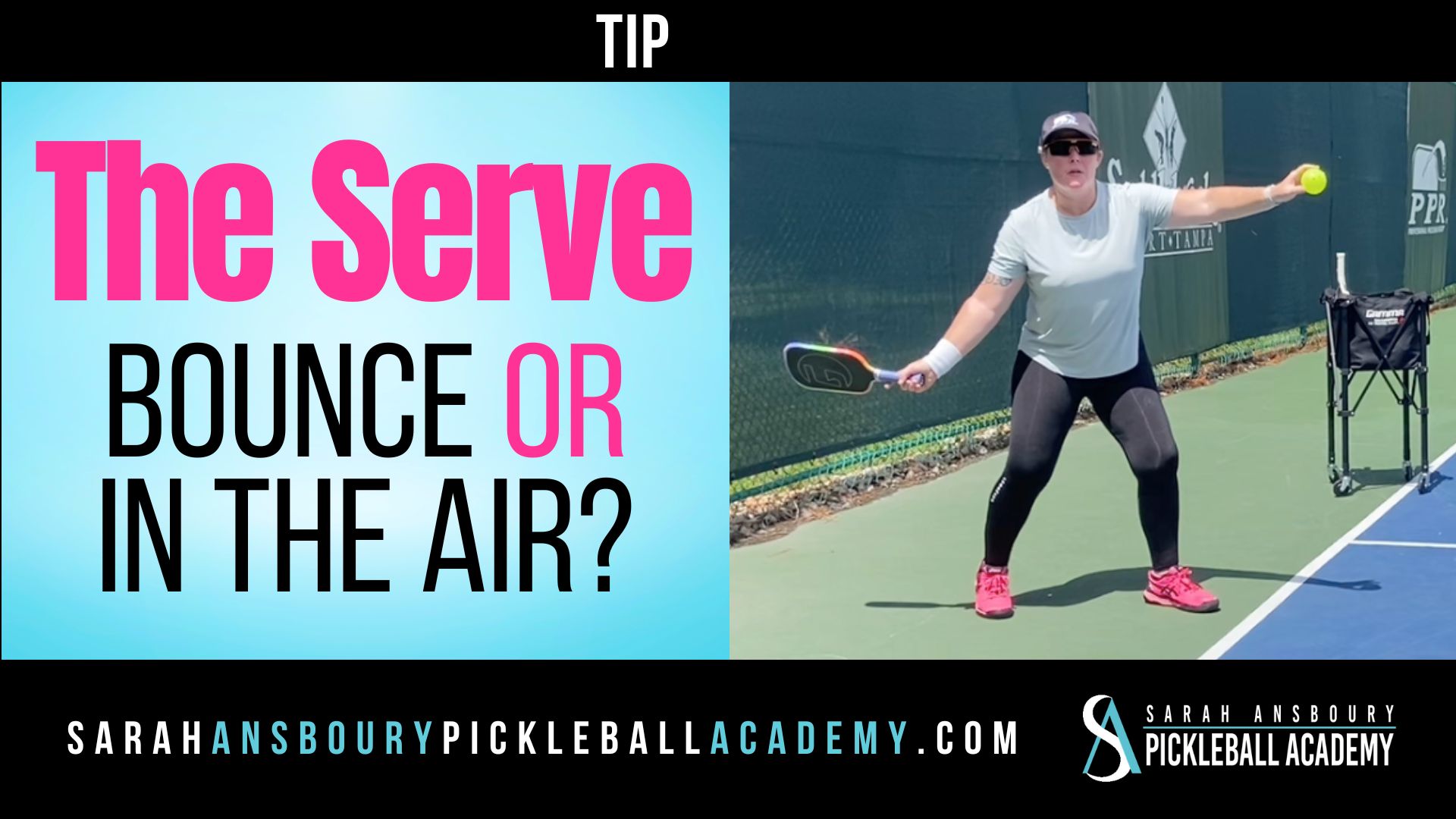
Pickleball Serve: Bounce It or Take It In Air?
September 7, 2024
One thing I often see from players is the reliance on the bounce serve. While there are times when the bounce serve can be useful, it often limits your ability to be more offensive. Today, I want to dive into how transitioning to hitting the serve in the air can
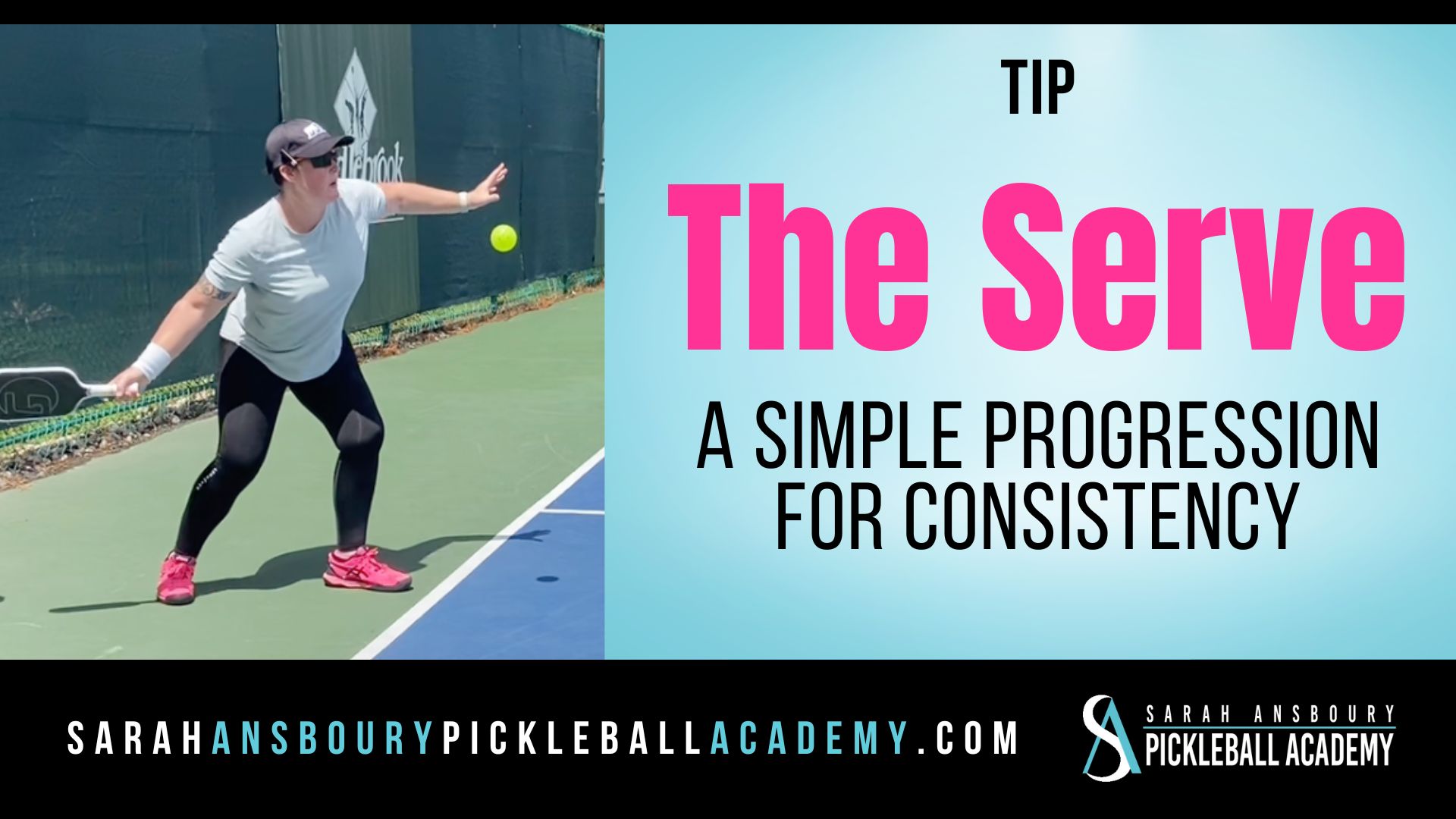
The Serve: A Simple Progression for Consistency
August 29, 2024
In pickleball, the serve is one of the most fundamental aspects of the game. However, as adults, we often complicate what should be a straightforward motion, making it trickier than it needs to be. Today, we’re going to break down the serve into a simple progression that will help you
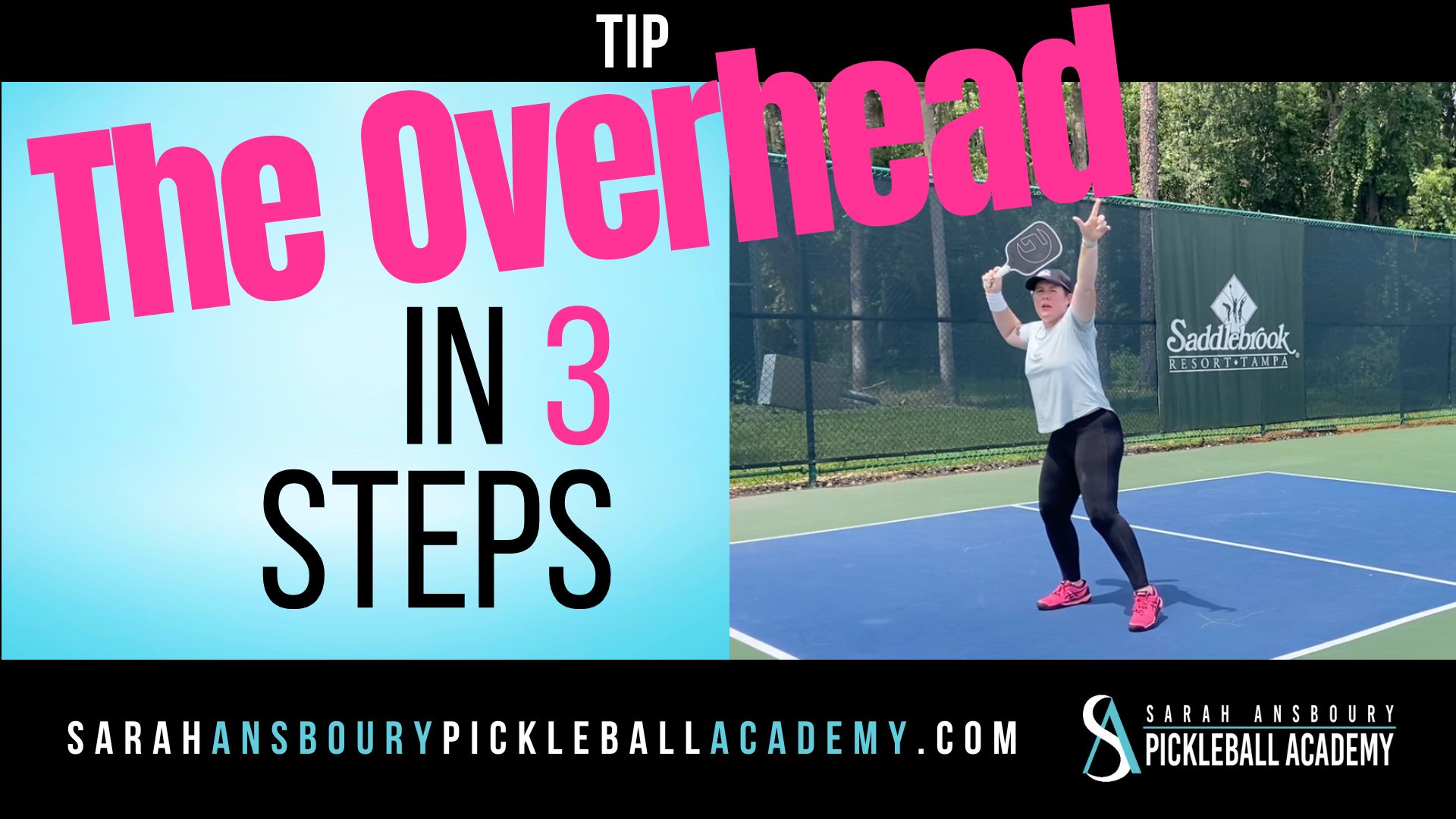
The Overhead In 3 Steps
August 20, 2024
Hitting an overhead in pickleball can be a bit tricky, especially if you’re new to the sport or haven’t played other racquet sports like tennis. However, with the right progression and practice, you can develop a strong and effective overhead shot. In this post, I’ll walk you through a simple
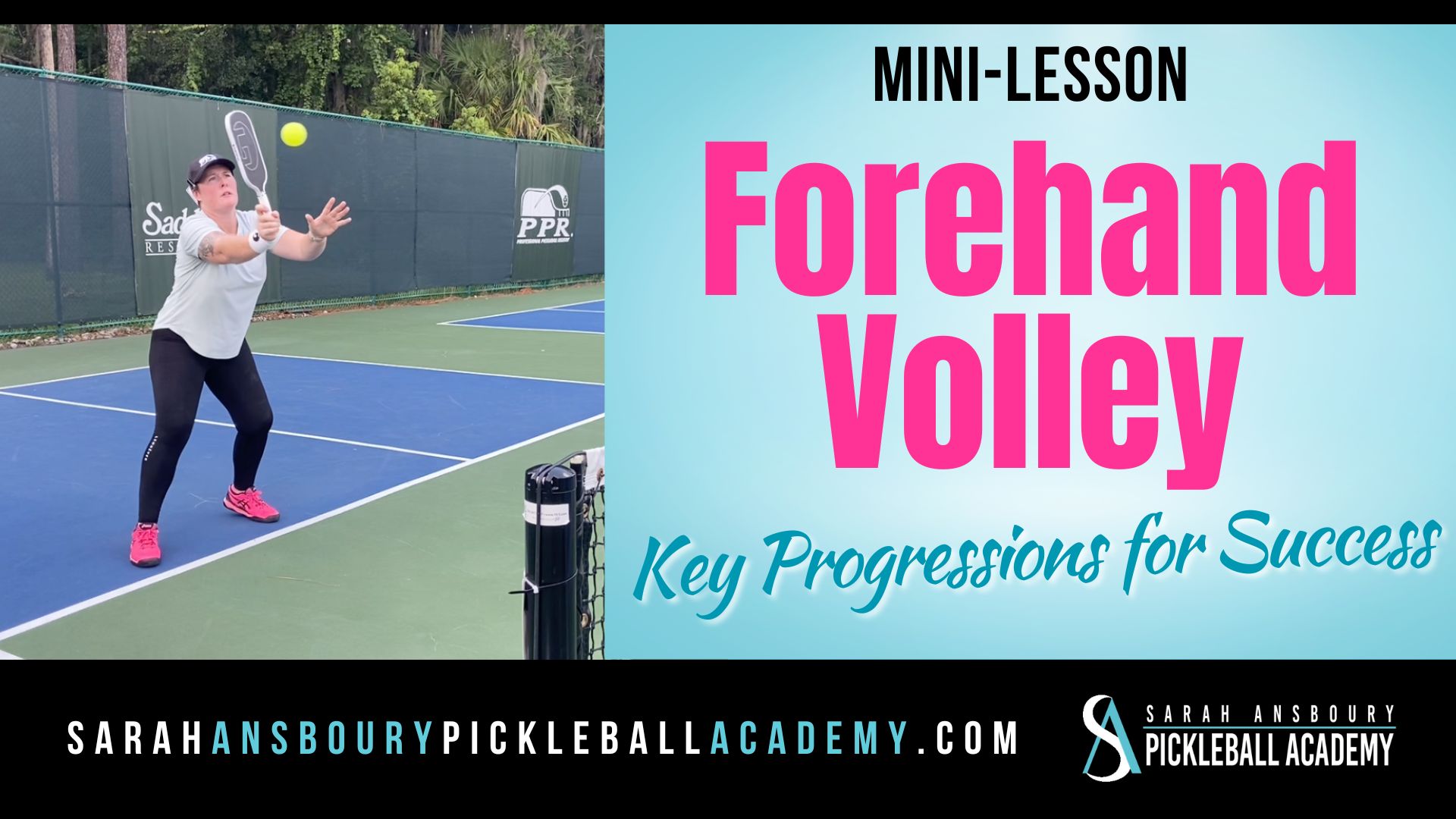
Forehand Volley: Key Progressions for Success
August 8, 2024
Today, we’re diving into the progression of the forehand volley. This can be a bit tricky for new players, but with the right approach, you’ll nail it in no time. Understanding the Basics First, let’s clarify the difference between a dink and a volley. A dink is a low to
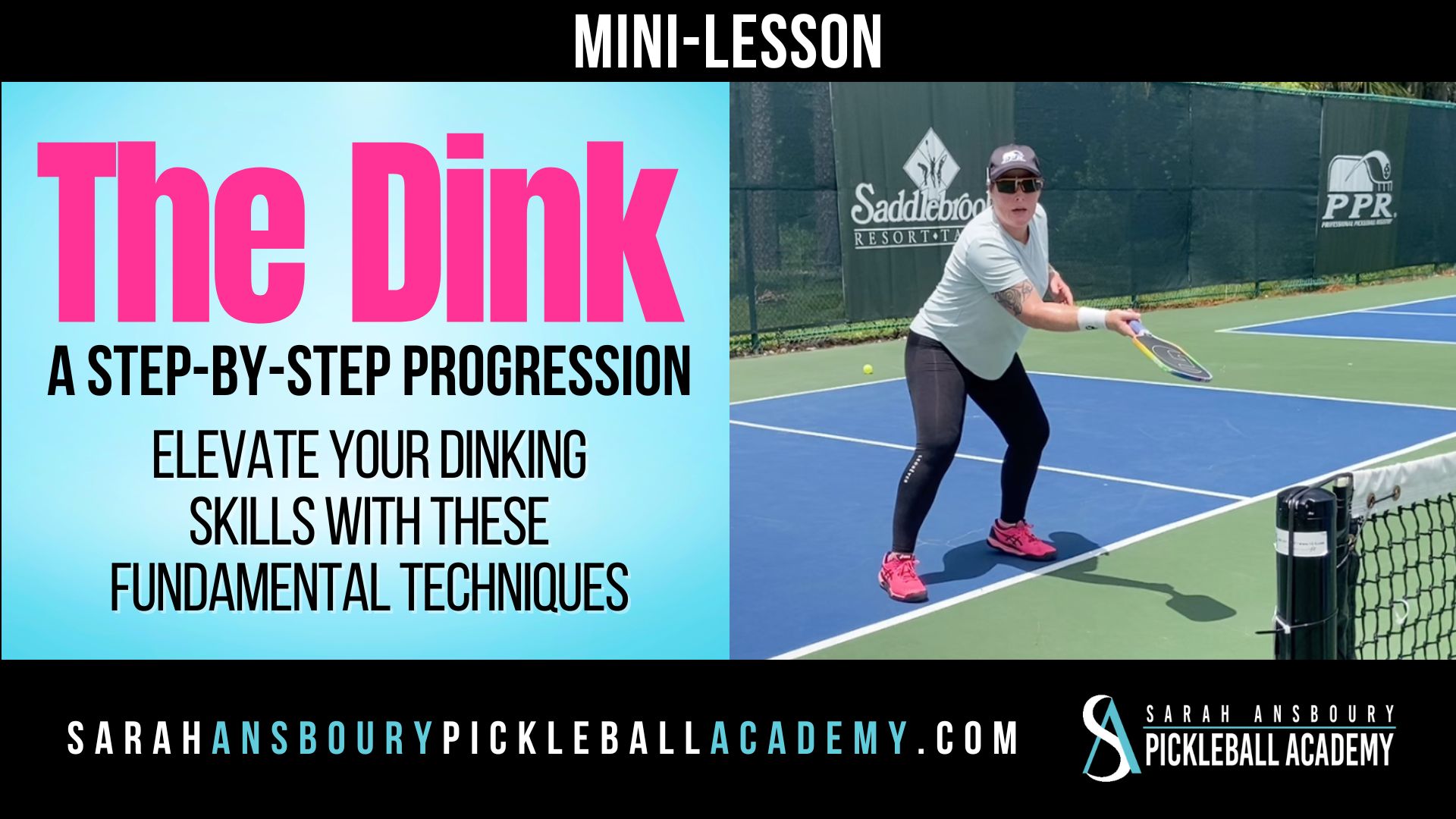
The Dink: A Step-by-Step Progression
July 29, 2024
Elevate Your Dinking Skills with These Fundamental Techniques Today, we’re diving into the fundamentals of progression in pickleball, starting with the dink. I often get asked, “How do you teach a dink?” Well, it’s all about developing a progression of movement, ensuring we’re coordinating our paddle and footwork simultaneously. Let’s
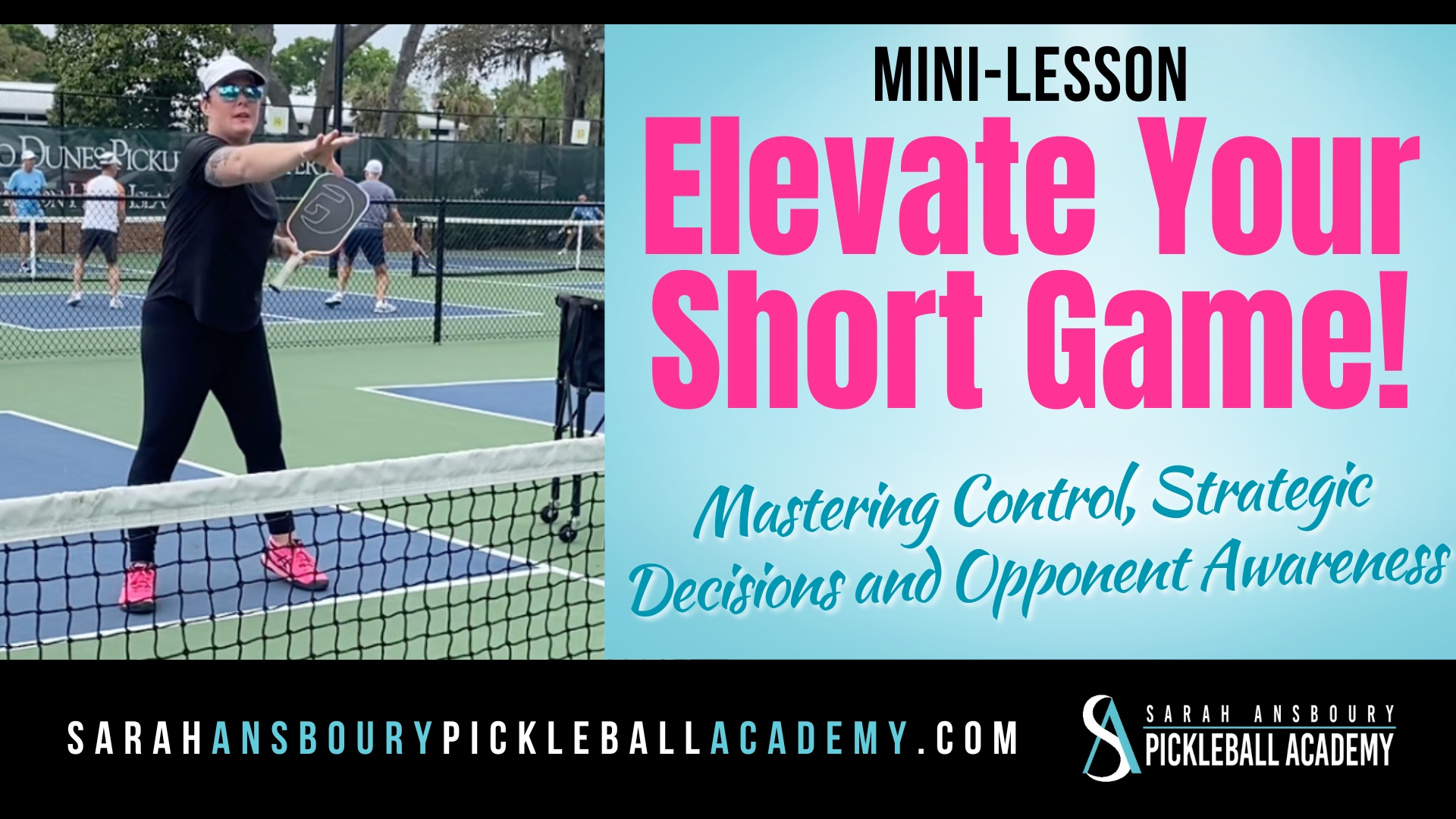
Elevate Your Pickleball Short Game
July 15, 2024
Key Tips to Take Control at the Non-Volley Zone When it comes to improving your short game in pickleball, think offense. By shifting your mindset and focusing on a few strategic points, you can win more points at the NVZ and maintain control over the game. Here are three essential
Anuncie Aqui / Advertise Here
Sua marca para o mundo Pickleball! / Your brand for the Pickleball world!

 English
English  Spanish
Spanish  Portuguese
Portuguese  German
German  Italian
Italian  Japanese
Japanese  French
French  Polish
Polish  Russian
Russian  Netherlands
Netherlands  Hungarian
Hungarian  Turkish
Turkish  Videos
Videos 




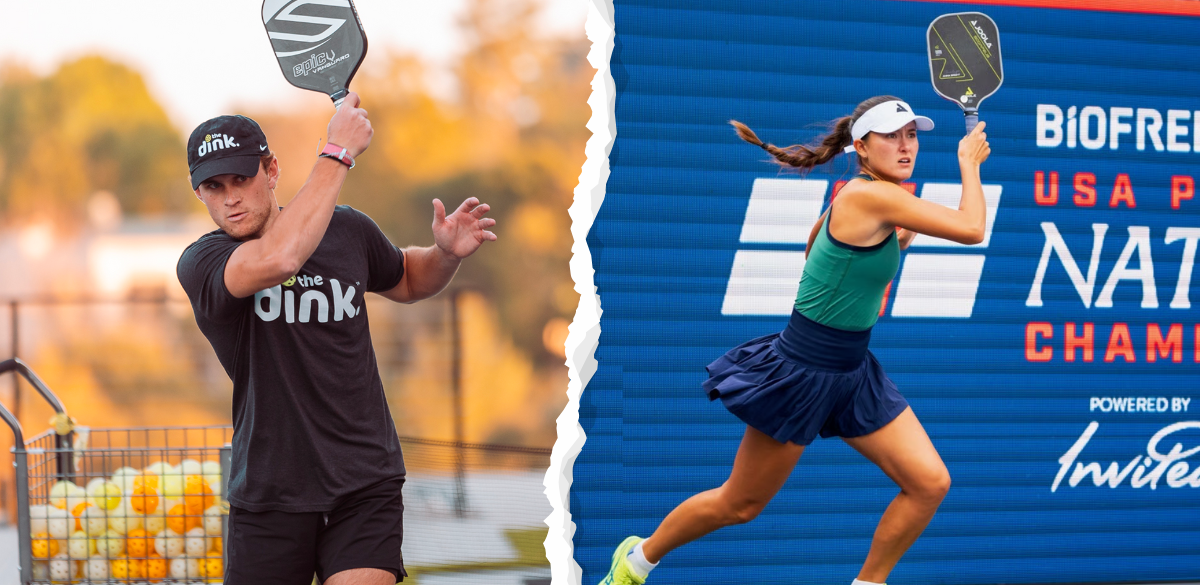






 English (US) ·
English (US) ·  Portuguese (BR) ·
Portuguese (BR) ·